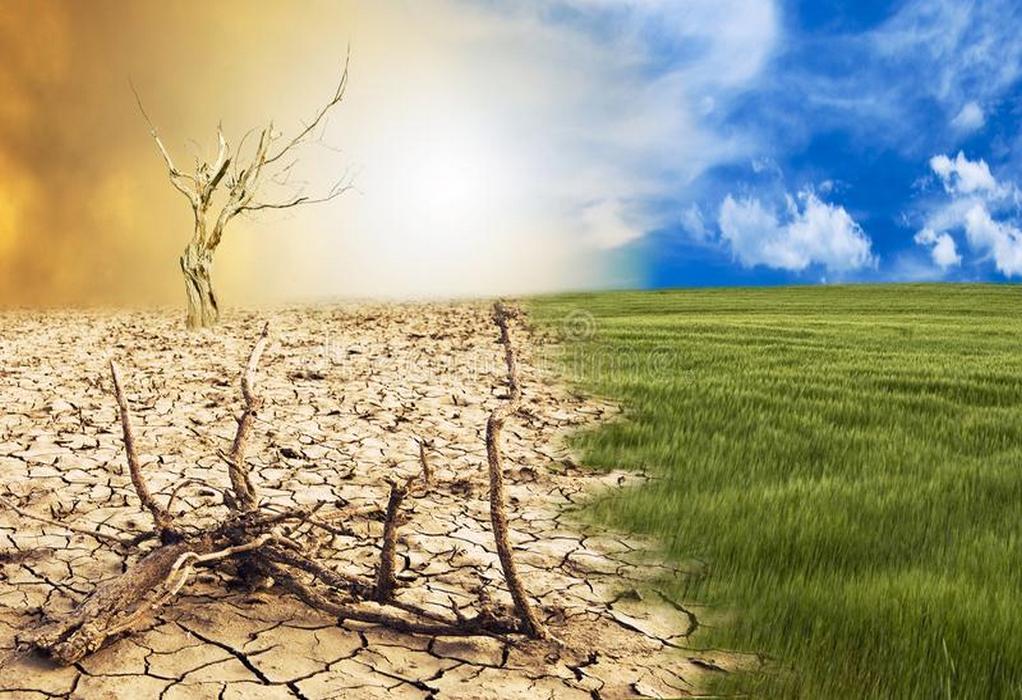Recent research has revealed that Himalayan glaciers that melt into lakes are losing significantly more ice than suggested by previous assessments. The exact loss of these lake-terminating glaciers in the Greater Himalayas has been underestimated by 6.5%.
The most significant underestimation was seen in the Central Himalayas, which has lost 10% more glaciers, as per this study. In particular, a massive 65% mass loss went unnoticed in the parent glaciers of Galong Co, situated in Central Himalaya’s Poiqu River basin.
The region’s proglacial lakes, which form behind glacial ice walls as meltwater from the glacier pools, have increased by 47% in the past two decades. They now occupy 33% more area and hold 42% more melted ice compared to the 1990s.
This massive expansion of proglacial lakes has resulted in an estimated mass loss of almost 2.7 gigatons, equivalent to over 1,000 times the total number of elephants worldwide!
These inaccuracies stemmed from the limitations of satellite imaging, which could only measure the surface water on lakes, but not the underwater glacial changes where ice was being replaced by water.
This oversight could have critical implications on the future projections of glacial disappearance in the region, affecting not only its water budget, but also the impact of extreme weather and natural disasters such as floods and landslides.
And in the long run, ice loss from lake-terminating glaciers could significantly contribute to total glacial loss throughout this century as these Himalayan glaciers continue to melt faster than past projections.
Further, the study also emphasises the need to understand the mechanisms driving glacier melting and account for the miscalculations in global mass loss of lake-terminating glaciers. Between 2000 and 2020, it has been underestimated by roughly 12%, meaning around 211.5 gigatons of mass loss has stayed unaccounted for two decades.
Tags: Climate Change, Glaciers, Himalayas, Lakes



Recent Posts
Port of Brisbane Unveils Vision 2060 to Drive Smarter, Cleaner, and More Connected Future
Wärtsilä to Deliver Hybrid Propulsion Systems for Vertom Group’s New Low-Emission Vessels
Latvian port receives electric Konecranes Gottwald Mobile Harbor Crane
Sustainable Ocean Economy Vital for Human Development, Says UNDP at UN Ocean Conference
Green Hydrogen Costs in India Could Drop by 40%, Says IEEFA-JMK Report
Cavotec Secures €1.55 Million Shore Power Contract for Port of Antwerp-Bruges
APM Terminals and SANY Marine sign landmark agreement to accelerate decarbonisation
The Port of Gothenburg takes big step towards shore power connection for container and car/RoRo vessels